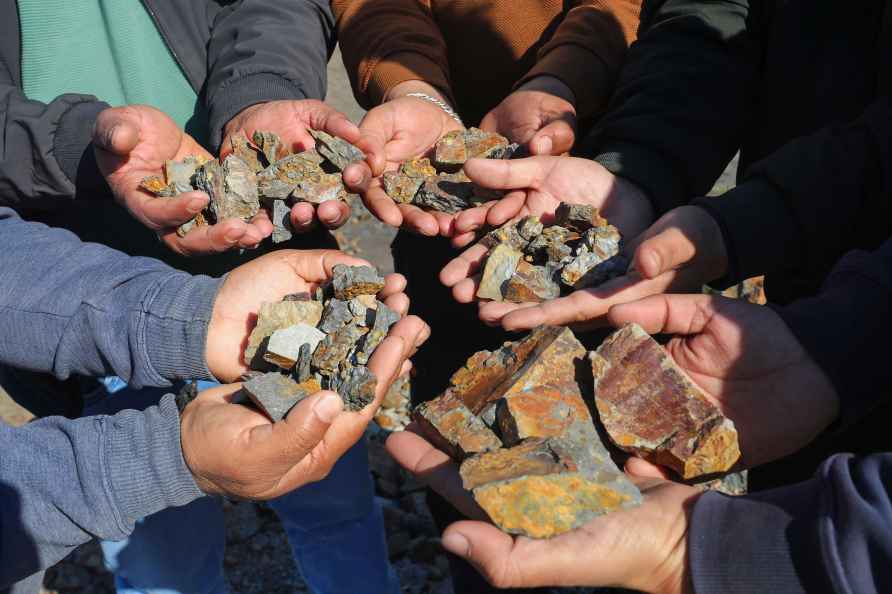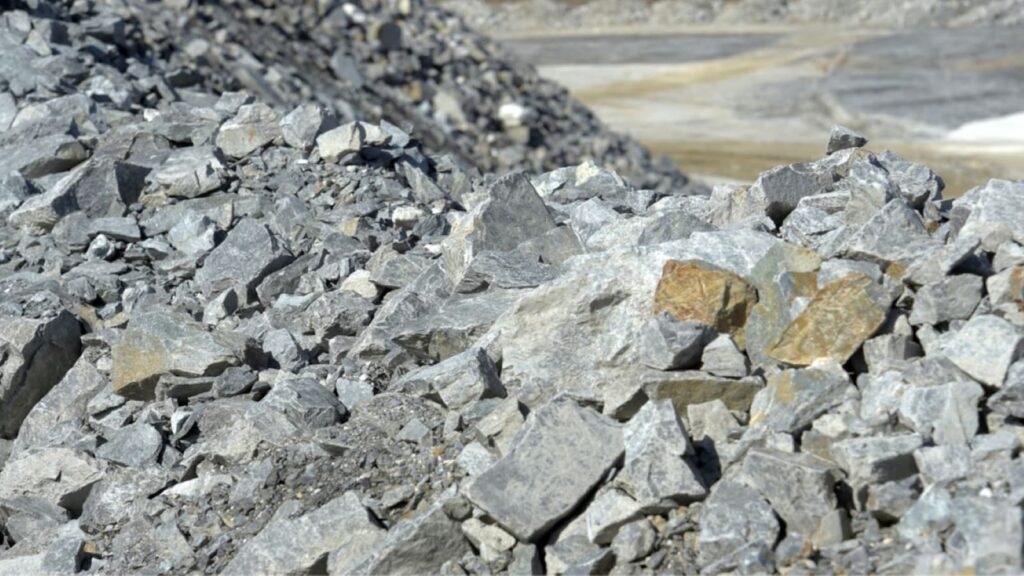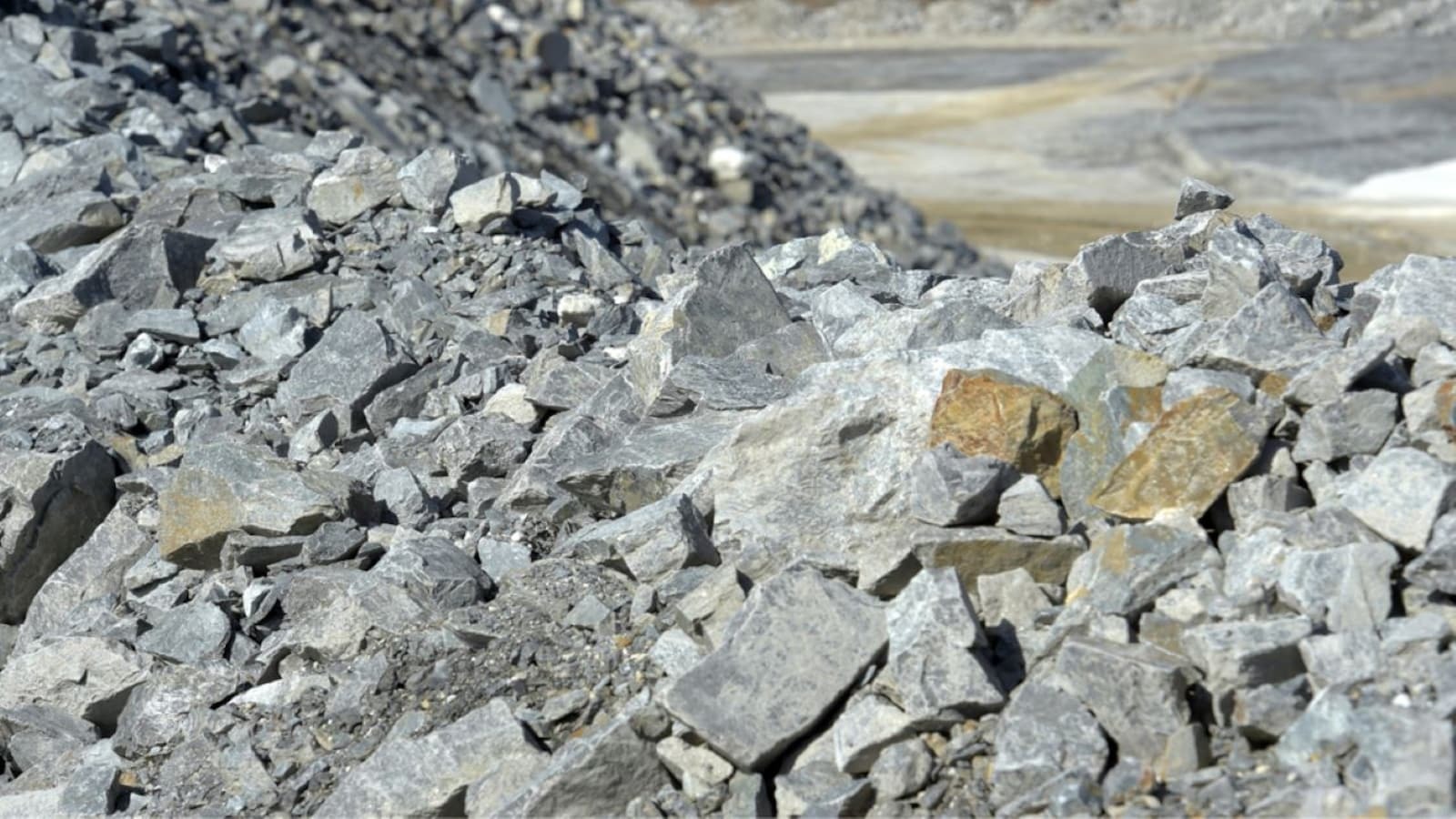J&K’s 5.9 Million Tonnes Lithium Reserve a Milestone for India’s Energy Future
By Ajaz Rashid
The Union Government of India has made a significant announcement regarding a major discovery of valuable resources within the country. For the first time, a massive 5.9 million tonnes of lithium reserves have been found in the Salal-Haimana area of the Reasi district in Jammu and Kashmir. Lithium is a critical component in the production of electric vehicle (EV) batteries, and this discovery is expected to have a significant impact on the Indian economy.
According to the Ministry of Mines, the Geological Survey of India (GSI) was responsible for making this historic discovery, and the inferred resources (G3) of lithium were officially established. The GSI has a long and storied history, having been established in 1851 to locate coal deposits for the Railways. Over time, the GSI has expanded its operations and now serves as a repository of geoscience information and mineral resource assessments.
In addition to the lithium discovery, the Ministry of Mines has announced that 51 mineral blocks have been handed over to respective state governments. These blocks contain not only lithium, but also gold and other minerals such as potash, molybdenum, and base metals. 17 reports of coal and lignite with a total resource of 7897 million tonnes were also handed over to the Ministry of Coal.
During a recent meeting, the GSI presented its proposed annual program for the upcoming field season in 2023-2024. The organization will be taking on 966 programs, including 318 mineral exploration projects and 12 marine mineral investigation projects. In addition, the GSI has already taken on 115 projects focused on strategic and critical minerals and 16 projects on fertilizer minerals.
The GSI has a broad range of functions and responsibilities, including creating and updating national geoscientific information, conducting mineral resource assessments, and providing impartial and up-to-date geological expertise. The organization is well-regarded, with a reputation for expertise that extends beyond India’s borders. The discovery of lithium in Jammu and Kashmir and the handover of mineral blocks to the state governments is just the latest demonstration of the GSI’s ongoing commitment to promoting the country’s economic growth and development.

What is lithium used for?
Lithium, a rare metal with a multitude of applications, has recently made headlines with the discovery of a substantial deposit in India. With an estimated 5.9 million tonnes located in the Salal-Haimana area of Jammu and Kashmir, this find has the potential to make a significant impact on the world’s supply of the coveted metal.
As a crucial component in rechargeable batteries, the demand for lithium has skyrocketed in recent years with the rise of electronic devices and electric vehicles. Lithium-ion batteries are favored for their light weight, high energy density, and low self-discharge rate. But the uses of lithium go beyond just batteries. This versatile metal is also used as a mood stabilizer in pharmaceuticals, as a key ingredient in high-temperature lubricating greases, and in the production of special glass and ceramics. Its unique chemical and physical properties make it a valuable commodity in the aerospace and military industries as well.
However, the process of extracting lithium from the earth is complex and requires a significant investment in technology and infrastructure. The environmental impact of lithium mining is also a major concern, and the government of India will need to ensure that the development of this deposit is done in a responsible manner.
Despite these challenges, the discovery of this large deposit of lithium in India could have far-reaching effects. It could not only help the country meet its domestic demand for the metal, but also position it as a major player in the global lithium market. With the growing importance of lithium in various industries and applications, this discovery is sure to generate excitement and spark new developments in the world of lithium.”
Battery Battle: India’s J&K Lithium Find Takes on China
India Makes Historic Discovery of World-Class Lithium Deposit in Jammu and Kashmir In a breakthrough announcement, the Union Government of India has revealed the presence of 5.9 million tonnes of lithium, a rare metal in high demand for its use in batteries for electronic devices and electric vehicles, in the Salal-Haimana area of Reasi District of Jammu and Kashmir (UT). The discovery of this significant deposit is expected to give a major boost to India’s energy storage industry, which has been dependent on other countries for key components like Li-Ion batteries and EV components.
Pankaj Sharma, Co-Founder and Director of Log9 Materials stated, “The unavailability of Lithium has been a hindrance in India’s pursuit of self-sufficiency in energy storage. The recent discovery of Lithium reserves in J&K will provide a new lease of life and enable India to achieve its ambition of being self-sufficient in energy storage needs.”
Lithium, a crucial element in rechargeable batteries, is in high demand globally, with the increasing popularity of electronic devices and electric vehicles driving up demand for the metal. The discovery of such a large deposit of lithium in India is expected to not only meet the country’s domestic demand but also make India a major player in the global market for lithium.
However, the development of this lithium deposit will require significant investments in technology and infrastructure to extract the metal from the ground. Furthermore, the environmental impact of lithium mining is a cause for concern, and the government will have to take measures to ensure that the development of this deposit is carried out in a sustainable and environmentally responsible manner.
In addition to the lithium deposit, the Union Government also handed over 51 mineral blocks, including gold, to respective state governments, with 17 reports of coal and lignite and seven publications on different themes and intervention areas in which the Geological Survey of India operates, released during the meeting. The Geological Survey of India, established in 1851, has formulated 115 projects on strategic and critical minerals and 16 projects on fertiliser minerals.”
Lost 26 Years: India’s Overlooked Chance in Lithium Find
The recent discovery of huge lithium deposits in Jammu and Kashmir by the Geological Survey of India (GSI) has once again highlighted the issue of oversight and inaction in India’s mining sector. Despite the fact that GSI had submitted a report about the presence of lithium in the area over two decades ago, there has been no meaningful follow-up until now.
According to the Ministry of Mines, the GSI has established 5.9 million tonnes of lithium inferred resources in the Salal-Haimana area of the Reasi district of Jammu and Kashmir. However, experts caution that it is too early to celebrate as there are still two more stages of exploration to be completed according to the United Nations Framework Classification for mineral resources.

India currently does not have the technology to excavate and process lithium, but Mines Secretary Vivek Bhardawaj believes that private players will start the process once the deposits are auctioned off by the Jammu and Kashmir administration. The discovery of lithium could potentially put India on the map as one of the world’s major lithium mines and end the country’s dependence on imports for light metals. The finding may also aid India’s ambitious plan of switching to electric vehicles and boost other key sectors such as medical infrastructure.
Local villagers in Salal are hopeful that the discovery may turn the fortunes of their village and bring employment opportunities. One resident stated, “These are not ordinary stones. They will turn the fortunes of the village. These stones will change the destiny of Reasi.”
Despite the potential benefits of the discovery, the issue of inaction and oversight in India’s mining sector must not be ignored. The GSI’s 1997 report stated that “the prospect for lithium appears to be quite promising,” yet no effort was made to take the exploration forward. The recent announcement by the GSI has once again emphasized the need for effective follow-up and implementation in India’s mining sector to fully realize the potential benefits of mineral discoveries.
Lithium Reserve Found is of Superior Quality
The 5.9 million-ton reserve, which is of the highest quality, was found in the Reasi district and is a significant step for the country in its pursuit of self-sufficiency in critical resources.
According to J-K Mining Secretary Amit Sharma, the lithium found in the area has a grading of 500 parts per million (PPM), surpassing the normal grade of 220 PPM. He added that the discovery will put India ahead of China in terms of the availability of lithium, which is a crucial mineral for the production of electric vehicles and solar panels.
Before this discovery, India was dependent on imports for 100% of its lithium, but with this new reserve, the country is now one step closer to being self-sufficient in this critical resource. The GSI’s G3 study has confirmed the presence of high-quality lithium in abundant quantities in the foothills of the Mata Vaishno Devi shrine in the Salal village of Reasi.
The discovery of this large lithium reserve in Jammu and Kashmir is a major milestone for India and has the potential to propel the country to the forefront of the global lithium market. With a high-quality reserve now available, India can focus on developing the technology to excavate and process the mineral and move towards greater self-sufficiency in critical resources.
Lithium Discovery Elevates Prospects for Electric Vehicles”
India has long relied on imports of lithium, a crucial component in the rechargeable batteries that power electronic devices and electric vehicles, from Australia and Argentina. However, the recent discovery of a 5.9-million-ton lithium reserve in Jammu and Kashmir’s Reasi district by the Geological Survey of India has created a buzz of excitement. The lithium found in J&K boasts a higher quality grading of 500 ppm or more, compared to the normal grade of 220 ppm, and is expected to place India ahead of China in terms of lithium availability.
The discovery is being hailed as a major step in India’s push to increase the number of private electric cars on its roads by 30% by 2030, as part of the country’s larger effort to reduce carbon emissions and combat global warming. India has been reorienting its exploration measures to meet this goal and secure its supply of rare metals, including lithium, as demand for these minerals has risen globally due to the need for greener solutions to climate change.
Vivek Bharadwaj, Secretary of the Ministry of Mines, stated that the lithium reserves discovered in the Salal-Haimana area of Reasi district could help India meet its goals. However, experts are also highlighting the fact that lithium extraction is not environmentally friendly. The process involves removing the mineral from hard rocks or underground brine reservoirs, often found in Australia, Chile, and Argentina. The lithium is then roasted using fossil fuels, which sears the landscape and releases large amounts of carbon dioxide into the atmosphere.

Leave a Reply